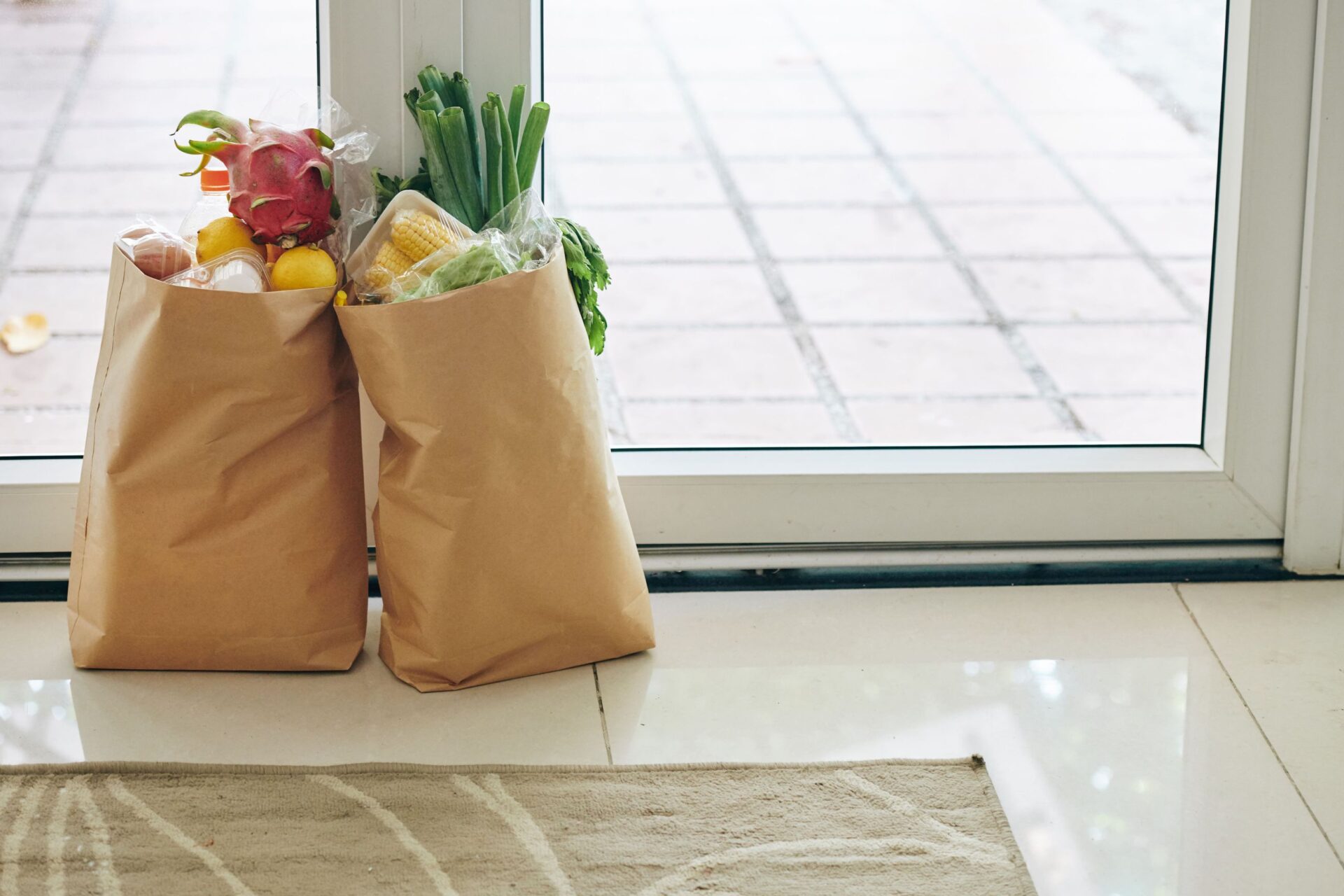How Hyperlocal Startups are bridging the gaps in today’s market?

What are HyperLocal Startups?
In a layman’s terms, Hyperlocal is a platform which solves the problem of matching immediate demand with the nearest available supply in the most optimized manner. Growing smartphone usage has spurred the access to online shopping and the new generation Indian consumers are depending heavily on it for goods and services. The key drivers to shopping online include saving time or effort, attractive discounts or promotions, and the convenience to shop online anywhere and anytime. However, despite the growing popularity of the online stores, consumers still want the trust that comes with the brick-and-mortar stores along with quick fulfillment of their need. And this leads to the evolution of hyperlocal startups.
In a layman’s terms, Hyperlocal is a platform which solves the problem of matching immediate demand with the nearest available supply in the most optimized manner.
In short, if you want to order groceries or order food from your favorite restaurant or wish to get a haircut done at the comfort of your home, just look at a hyperlocal startup for a solution. Hyperlocal is the new buzzword in the retail industry and has become crucial in ensuring customer satisfaction and creating the much-needed differentiation in the Indian market.
The concept of hyperlocal emerged in business later around 2010 when startups like zomato, ola, swiggy realized the potential of on-demand service. Startups like Grofers, Faasos and TinyOwl received million-dollar fundings. While 2016 saw a rise of hyperlocal startups (2016 was touted as the year of Hyperlocal Bubble), it also witnessed a lot of layoffs and shutdowns. PepperTap, Intelligent Interfaces, Fashionara, Purple Squirrel, Flashdoor to name a few which shut down in 2016.
But what led to this large number of startups failing despite attracting marquee investors?
With so many problems out there, it can be tough for hyperlocal startups to survive, below are some real-life scenarios to make it easy for you to understand.
Scenario 1: We had a friend’s birthday party and we wanted to treat her really well with famous eateries, which she has not tried before. Given that I am an app lover, decided to be smart about it and used an app to order food. We ordered, paid and waited. Every ten mins I checked my phone to track my order and I see no updates. The required number of texts and calls received but no food; till finally, the app delivery boy called and suddenly told the order can’t be delivered as the restaurant is taking more than the estimated time and the delivery boy is working only till 11 pm.
We all got frustrated and I called the customer care number and explained my problem. They sent a different delivery boy, who finally picked the order, did not understand the address, the usual drama till the food was delivered. It actually took 2 hours for the delivery compared to the estimated 45 minutes which was showed on the app while placing the order.
Scenario 2: My mom orders groceries from well-known funded hyperlocals who usually delivers in 3 hours. She orders through the app frequently but with time the delivery has become atrocious. Order of regular branded tea powder meant 4 calls to check, we cannot find this brand/ category/ material whatever, can we send this or this or that. And even after explaining everything the delivery boy comes with tea powder packet of different quantity.
We tried three different grocery apps but faced different problems like wrong items delivery, late delivery, and only cash payment.
Scenario 3: We had booked on a home services app for a TV repair. He repaired the Tv and we made payment. Next day we started getting issues again with the TV.
When we called the technician again, he came to check the TV and while he was testing it. He told us that the motherboard of the TV got burnt due to his mistake while he was checking. Now we contact the app guy and they told us that they won’t help us by saying “It is between you and your technician”.
Scenario 4: I raised a laundry service with an on-demand service app and they picked up my clothes (A double blanket and a t-shirt for dry clean) on 19th Feb 2017 only after 2 days on regular calling. Again, I had to keep following up for the dry-cleaning status of my laundry and finally, I got only the t shirt returned to me on 26th after that also my double blanket worth around 4k was not returned to me.
I kept calling them multiple times and sending emails, but no response, all in vain. Then I got a call from a person who told that the blanket cannot be traced and the whole team is searching for it, he assured me that he will search the blanket within 2 days or would give me the cost of blanket, but after two days when I called his number, it was switched off.
As a consumer, I do not want to
– Waste my time explaining my orders
– Get disturbed during my work hours
– Track my orders every ten minutes
– Struggle for making payments online or offline
– See some random item/services as a substitute against what I ordered
As a consumer, I want
– Clarity of the services I am being offered
– Regular updates on my orders over push notifications, messages or emails
– To see on the app, only items what I can get
– All the items/services listed in the app to be delivered
– Emergency and convenience is taken care off
– Easy payment options
– Smooth and seamless consumer experience
– On time delivery
– Access to every nook and corner of their locality with a touch on their mobile phone
What can future market players learn from it and how can NetBramha help them achieve it?
One aspect which all market players should understand is that a business is more likely to succeed if it solves actual problems by developing creative solutions.
Innovation in Service Design – Imagine! Your local ration shop is delivering to you while you order through this service of a marketplace app. Now, the problem which needs to be solved is how this could be told to him and get him to onboard and for this, you need to do research which could help him in understanding the benefits and then create the simplest way of communication by sending him an SMS with order details and address for delivery. Reply 1 to accept Reply 2 to decline. This goes in round robin fashion to allow the company to commit to a customer and hence completing the feedback.
For example: Your mom shops regularly from a Kirana shop and she trusts the products from that shop more than any other shops. What if the hyperlocal gets such Kirana shops onboarded on their app? Then your mom can sit at home and open the app, can select products from that Kirana store and place an order. It will be as simple as that.
Increase the touch point accessibility – The companies can tie up with my milkman, newspaper hawker rather than investing so much in logistics and this whole ecosystem can flourish.
Guaranteeing the product – Companies need to create a sense of guarantee on the inventory shown to a user by showcasing only those which are available in my area for immediate delivery and then provide me filter of time so that I can increase my choices.
Dashboard – Hyperlocal companies should have a dashboard which offers a framework to bring together hyperlocal data and storytelling all on one platform. They should be able to track all parameters on one platform.
The above are few strategic solutions which can be applied to Hyperlocal businesses. NetBramha can help you with more creative solutions based on your business models and help you to disrupt with design!
Wanna try it?
If your hyperlocal startup (or any business) has a solid problem that you don’t know how to tackle, get in touch with us, our strategy experts will help you formulate a solution. We can set up a meeting either at your place or ours.
Pizzas and coke on us


